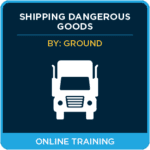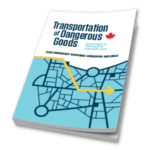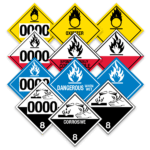
What is an ERAP? The abbreviation stands for an Emergency Response Assistance Plan. This requirement is found in Part 7 of the Canadian Transportation of Dangerous Goods Regulations. An ERAP is an approved document that provides detailed spill response information for large amounts or high consequence dangerous goods.
Do you always need an ERAP to ship in Canada?
No. Only if there is a quantity listed in Column 7 of Schedule 1

When is it required?
Part 7.2 provides a detailed list, but here is the short of it:
- The UN number indicates that an ERAP is needed, and the total quantity exceeds the ERAP index in one means of containment
- The UN number indicates that an ERAP is needed, and the total quantity exceeds the ERAP index in more than one means of containment for the following:
- Class 3 with 6.1 sub hazard
- Class 4
- Class 5.2, Type B or C
- Class 6.1 PG I
- Class 1, Explosives, the UN number are contained in one or more means of containment, if the total quantity exceeds the ERAP index in column 7 of Schedule 1
- Class 2, Gases, the UN number, that are contained in more than one means of containment — each of which has a capacity greater than 225 L — that are a single unit as a result of being interconnected through a piping arrangement and that are permanently mounted on a structural frame for transport, if the total quantity of those dangerous goods exceeds the ERAP index in column 7 of Schedule 1
- Class 3 flammables listed in 7.2(f) that are transported in a railcar exceeds 10000 Liters.
How do you get an ERAP?
According to 7.3, the company must submit an application to the Minister in writing including all of the information included in 7.3(2) (a)-(m). A company can use another company’s ERAP, if they get permission in writing.
This application can take as little as 20 days if all of the information is submitted correctly. If not, it can take significantly longer. Transport Canada is now only allowing online applications. The link as well as other helpful information can be found here.
Need help? Contact one of our knowledgeable Regulatory Experts. We are always happy to help.
Stay up to date and sign up for our newsletter!
We have all the products, services and training you need to ensure your staff is properly trained and informed.
 Shipping Dangerous Goods by Ground in Canada Training Courses |
 Canadian TDG Publications |
 Hazard Class Labels |






 ICC USA
ICC USA ICC Canada
ICC Canada